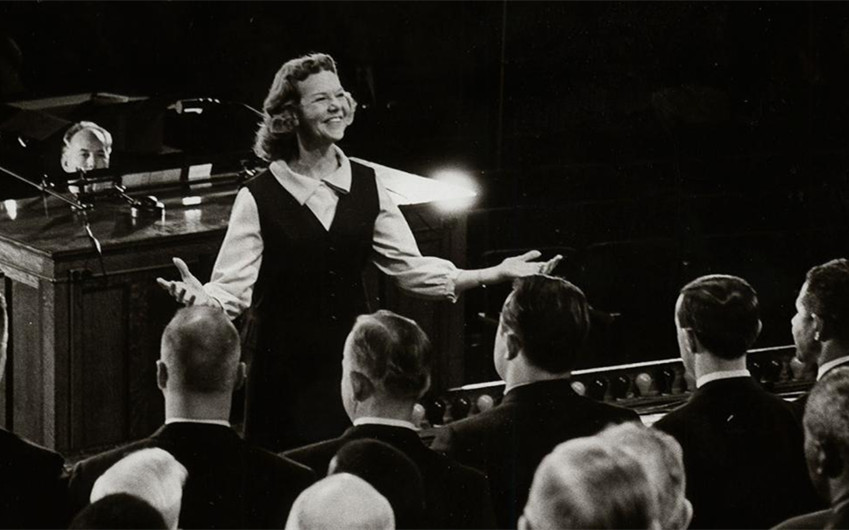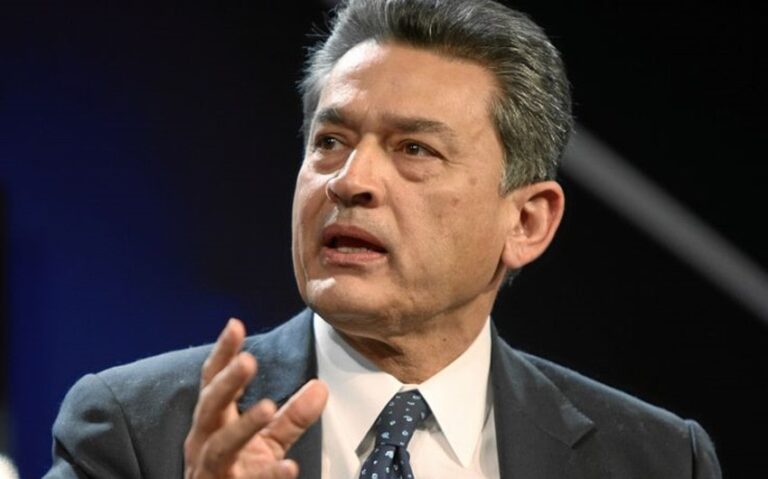Kathryn Kuhlman’s Net Worth: Tracing the Legacy of a Healing Evangelist
What was Kathryn Kuhlman’s net worth, and how did her work as an evangelist influence her financial standing? For many who followed her ministry, wealth was never the first thing that came to mind. Kuhlman was known for her powerful healing services, her emotionally charged sermons, and her unmistakable presence on stage, clothed in flowing gowns and speaking with deep conviction. Yet, as with any public figure who touched millions of lives and operated on such a large scale, the question of money naturally arises—how much did she earn, how did she use it, and what financial legacy did she leave behind?
Who Was Kathryn Kuhlman?
Kathryn Kuhlman was one of the most influential female evangelists of the twentieth century. Born in Concordia, Missouri, in 1907, she began preaching in her teens and slowly built a reputation as a traveling speaker throughout the Midwest. Her early years were marked by modest beginnings, often preaching in rural churches and small venues alongside her family and fellow ministers.
By the 1940s, she had begun to gain more widespread attention for her unique preaching style, characterized by emotional intensity, dramatic gestures, and a charismatic presence that drew thousands to her meetings. But it wasn’t until the 1950s and 1960s that Kuhlman truly became a national figure, especially as she embraced what many called her “healing ministry.”
Holding services in major cities like Los Angeles, Pittsburgh, and Denver, Kuhlman attracted massive crowds to auditoriums and churches. People came not only to hear her preach, but to experience what they believed were genuine acts of divine healing. Though often controversial in the eyes of some religious leaders, her events consistently drew large audiences and significant media attention.
Television and radio also played a major role in amplifying her voice. Her broadcast program, “I Believe in Miracles,” aired across multiple networks and introduced her ministry to a global audience. Kuhlman’s soft, breathy voice became instantly recognizable, and her on-screen presence resonated with both deeply spiritual followers and curious skeptics.
She authored several books during her lifetime, including God Can Do It Again and I Believe in Miracles, which sold well and further expanded her reach. Despite being unmarried for most of her life (her brief marriage to evangelist Burroughs Waltrip ended in divorce), she built a spiritual family composed of devoted followers, volunteers, and ministry partners.
Kathryn Kuhlman passed away in 1976 at the age of 68 following complications from open-heart surgery. But her influence continues to be felt in Pentecostal and charismatic Christian circles around the world.
Kathryn Kuhlman’s Net Worth: Estimations and Realities
Kathryn Kuhlman’s net worth has been the subject of speculation, particularly because she was such a high-profile religious figure who operated massive events and had a media empire behind her. However, pinpointing an exact number is challenging for several reasons. First, she did not live a lavish lifestyle in the way some modern televangelists have become known for. Second, much of her income was funneled through her nonprofit ministry, meaning personal wealth and organizational revenue were not the same.
It’s estimated that Kathryn Kuhlman’s net worth at the time of her death could have ranged between a few hundred thousand dollars to a few million, though there is no confirmed figure. This estimation would be considered modest today, especially when compared with the income of many contemporary spiritual leaders. Still, it reflects the reality that while Kuhlman was surrounded by large-scale operations, her own financial gain wasn’t her primary focus.
Her ministry’s funding came mostly from donations, book royalties, and proceeds from event offerings, and those funds were reportedly reinvested into running the events, supporting staff, and expanding her outreach efforts. Those who worked with her have often commented that she took her financial responsibilities seriously and did not misuse her platform for personal enrichment.
Income from Books and Media
Kuhlman authored several books, many of which were bestsellers in the Christian world. Titles such as I Believe in Miracles, God Can Do It Again, and Nothing Is Impossible with God brought in steady royalty income and have continued to sell posthumously.
While the exact royalty percentages she earned are unknown, the Christian publishing world of the 1960s and 70s typically offered authors between 10–15% royalties on sales. With thousands of copies sold—many of which were promoted during her services and broadcasts—it’s likely that her books generated significant revenue, both during her lifetime and after.
In addition to print media, her television and radio ministry also played a role in financial support. While her broadcast appearances were often more about outreach than revenue, they raised awareness and helped drive donations, book sales, and event attendance. Her media presence was always carefully curated to support the larger mission of the ministry.
What stands out in her approach to media is that she saw it as a tool for spiritual impact, not profit. Unlike modern influencers or celebrity pastors, Kuhlman did not charge for her services or insist on luxury accommodations. She aimed to reach hearts, and the income generated from her books and broadcasts was seen as a means to continue that work.
Donations, Nonprofit Structure, and Transparency
Kathryn Kuhlman operated through a ministry that functioned as a nonprofit entity. This structure meant that income from events, donations, and media was used to support operational costs, outreach programs, and humanitarian initiatives rather than being absorbed as personal income.
Her team, which included spiritual advisors, administrators, and legal counsel, helped manage this financial structure to ensure transparency and compliance with tax and regulatory standards. Reports from those who worked closely with her indicate that she maintained a deep sense of responsibility toward the money entrusted to her. Funds were used for travel expenses, venue bookings, staff salaries, and the maintenance of her television and radio ministry.
Publicly, there were few—if any—accusations of financial misconduct during her lifetime. This was notable, especially considering that the world of televangelism has often been marked by controversy. Kuhlman’s ministry, while large in scope, seemed to maintain a focus on humility and purpose.
Additionally, she did not take offerings at her healing services in a way that might seem exploitative. Attendees could donate, but the atmosphere was never one of financial pressure. This further supported the perception that Kuhlman viewed her mission as spiritual above all else.
Legacy Foundations and Use of Funds
After her death, the financial aspects of Kathryn Kuhlman’s legacy were managed through trusts and legal oversight. Some of her ministry resources were directed toward the continuation of her media presence, particularly the re-broadcasting of her sermons and the continued distribution of her books.
Foundations established in her name helped preserve recordings, print materials, and other educational resources. These foundations—often operated by former staff or supporters—ensured that royalties and donations were used for charitable purposes, including supporting churches, training programs, and humanitarian efforts aligned with her message.
Though her personal wealth may not have been vast, her financial legacy lives on in how her influence is still monetized in ethical and mission-driven ways. Christian bookstores, online platforms, and ministries continue to sell her books, quote her teachings, and distribute her recorded sermons.
Her estate may not have included mansions or private jets, but it included something perhaps more enduring—a spiritual inheritance that continues to generate value in the form of faith, healing, and inspiration.
Featured Image Source: missouriencyclopedia.org







